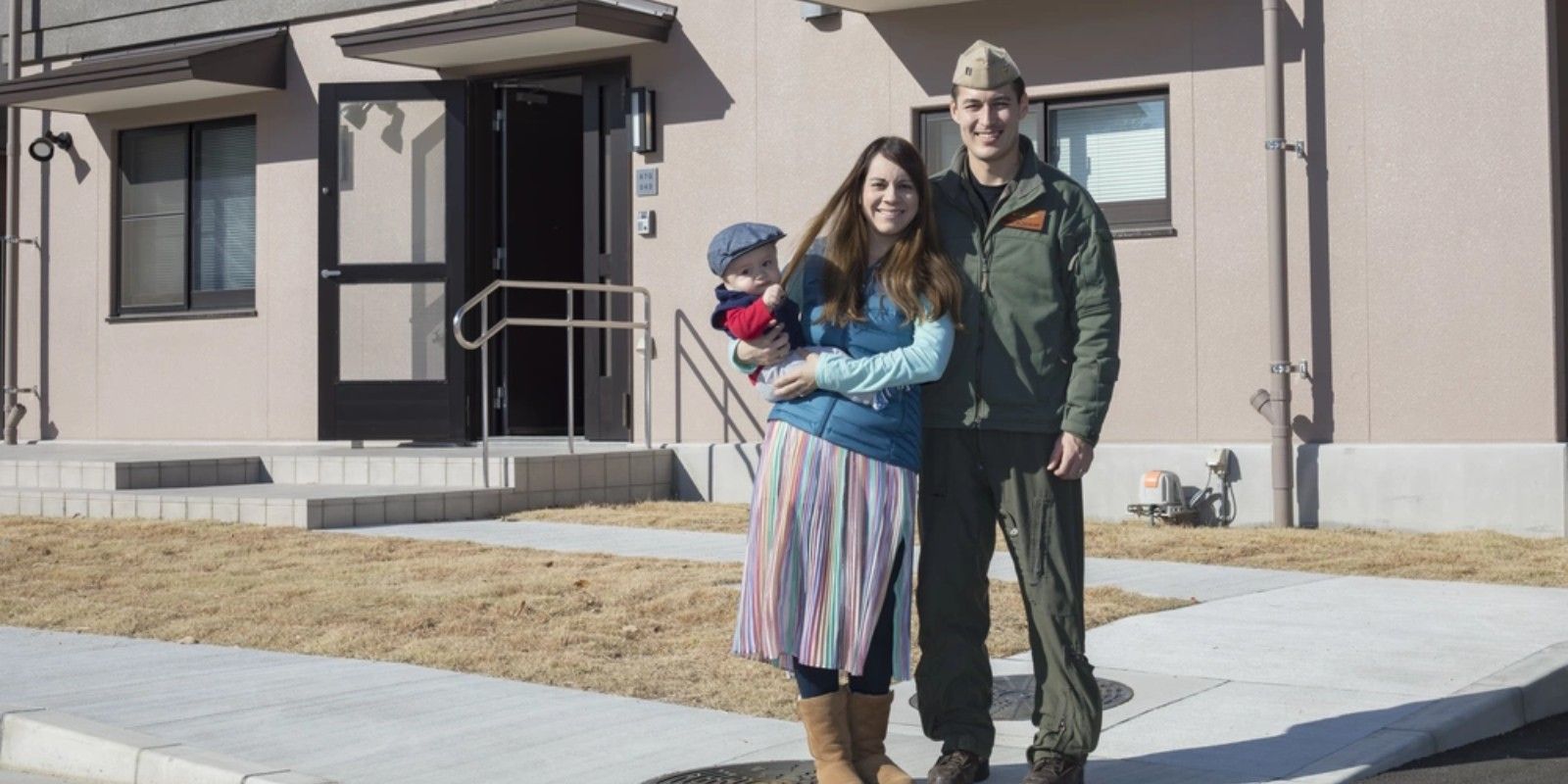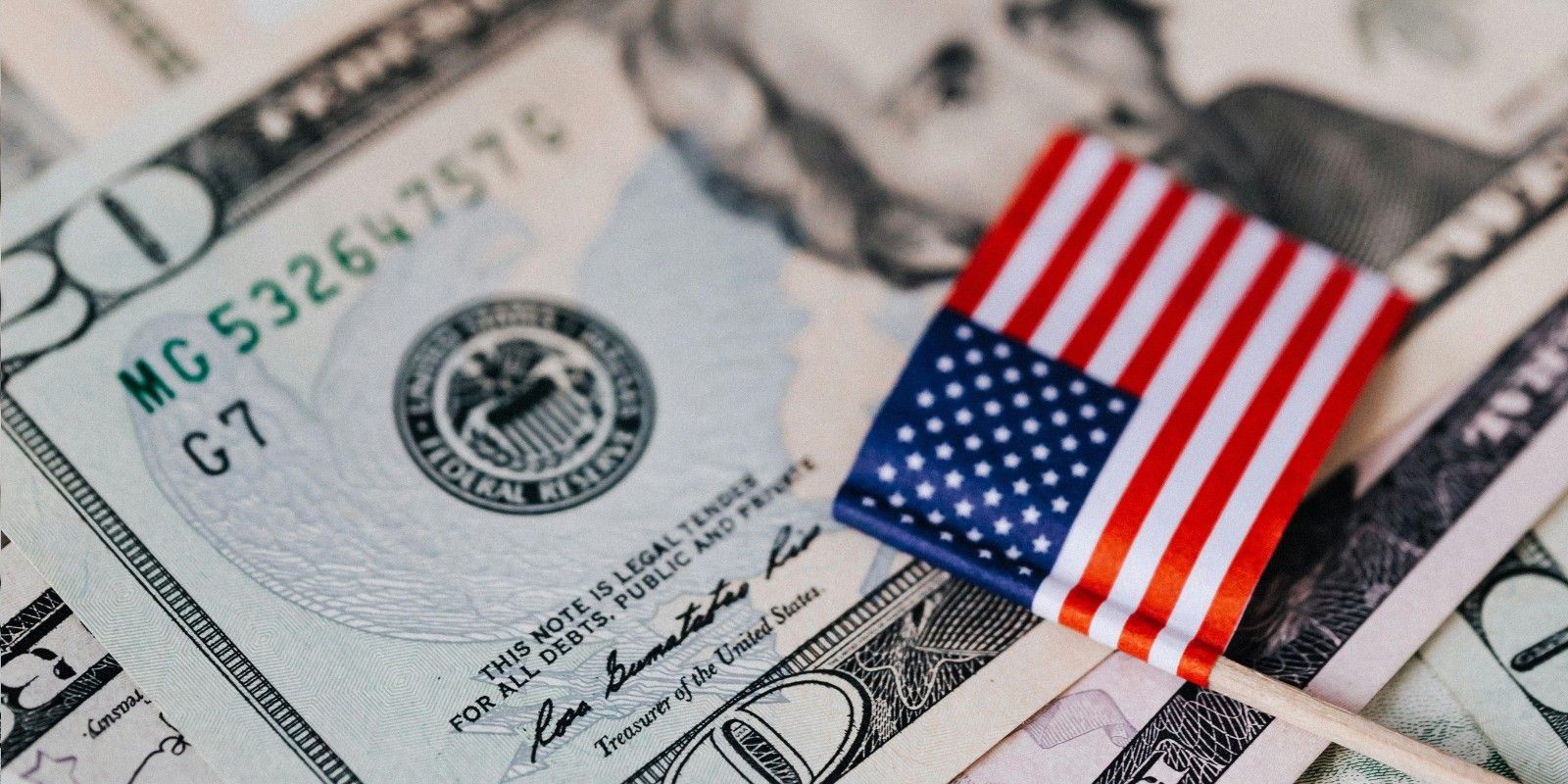NAVAL UNDERSEA WARFARE CENTER, KEYPORT


Naval Undersea Warfare Center (NUWC), Division Keyport is one of two divisions of the Naval Undersea Warfare Center providing Fleet readiness support for submarines, torpedoes, land attack systems and Fleet training systems.
NUWC Keyport provides advanced technical capabilities for in-service engineering, test and evaluation, logistics support, custom engineered solutions, and other cutting-edge technologies that sustain and maintain our nation’s undersea warfare systems.
NUWC Keyport is headquartered on Washington State’s Kitsap Peninsula, with facilities and operating sites in California, Guam, Hawaii, British Columbia, Nevada and Pennsylvania. NUWC Keyport also sends personnel to service the fleet around the world. The current global workforce consists of about 1,900 civilians and 28 Sailors.
History
At the beginning of the 20th century, both the Pacific Ocean and the undersea domain were becoming increasingly important to the security and prosperity of the United States. America now had colonies and territories in that vast ocean. It had a tiny but expanding submarine fleet. And its leaders watched with interest and alarm as the emergent technology of the self-propelled torpedo was used to devastating effect in naval battles from Chile to China.
The U.S. Navy’s inventory of, and expertise with, torpedoes was struggling to keep pace with other rising powers. But because the effectiveness of even rudimentary torpedoes is based on complex mechanisms for assuring proper guidance, depth, speed, and range, they needed to be tested in the water before being issued for use. This was especially time consuming and expensive for the U.S. Navy’s Pacific Fleet, which had to ship their torpedoes across the country to Newport, Rhode Island, the U.S. Navy’s only depot for testing and repairing torpedoes.
To remedy this situation, in 1908 a group of naval officers was sent to search from San Diego to British Columbia for a location to house a new U.S. Navy torpedo station. The ideal location, they were directed, was to be a “clear water site on the west coast, not over 10 fathoms deep and not under five, with a sandy bottom and virtually no current.” It should also “have little tide and must not be too cold.”
The isolated peninsula of Keyport, Washington, was chosen as that perfect place.
By November, 1914, the Navy had purchased land from local families and commissioned the Pacific Coast Torpedo Station.
By 1919, the Station had grown to include a contingent of U.S. Marines for security, U.S. Navy divers for torpedo recovery work, and a small civilian workforce learning the emerging art and science of testing and maintaining torpedoes. In 1930, the base was renamed the United States Naval Torpedo Station, but then as now was often simply referred to as Keyport.
Even before the U.S entered World War II, many American leaders saw the devastation caused by German U-Boats and realized that was the first conflict in which superiority in the undersea domain would be instrumental to victory. When the U.S. entered World War II, Keyport quickly increased its workforce, reaching nearly 3,000 people by 1944, more than 40 percent of those women. As many as 100 torpedoes were tested in a single day during the most active of the war years.
By the time Japan surrendered, the majority of U.S. torpedoes used in the Pacific Theater had passed through the Keyport. When the War was won, production slowed and the workforce size plummeted. But a new Cold War soon began, and much of that conflict would take place beneath the world’s oceans.
To meet the Navy’s needs in this new era, Keyport had to expand its presence. Torpedoes being produced in the 1950s, made to operate at great depth, couldn’t be tested in the shallow waters around the Keyport peninsula. Fortunately, nearby Dabob Bay was found to have sufficient conditions, and in 1954, Keyport created the world’s first 3-D undersea tracking range in that bay. To share operations and technology with one of America’s closest allies, a joint test range with the Royal Canadian Navy was established near Nanoose, British Columbia, in 1965.
By the end of its first 50 years, Keyport had proven its value to victory in the largest war in history, and was growing well beyond an organization defined by geography and a single type of weapon.
During the Cold War, the U.S. Navy’s role in the undersea domain was providing deterrence by maintaining a technological advantage over the Soviet Navy. The Naval Torpedo Station at Keyport had become such an instrumental part of this strategy that by 1966 they were testing nearly every torpedo used by the Navy. But maintaining and increasing America’s technological advantage undersea meant that Keyport had to do more than just torpedoes, and that it had to operate outside of the Pacific Northwest.
In the 1970s, Keyport helped with naval undersea tests in the Arctic Ocean and added detachments in Indian Island, Washington; San Diego; and Hawaii to keep the unique Keyport expertise closer to the fleet. Keyport also added a detachment in Hawthorne, Nevada, to store and maintain naval mines, and increased work with foreign allies and partners around the world to help keep their warfighting platforms and equipment credible counters to Communist Bloc forces. To better reflect its evolving mission, the station’s name was changed in 1978 to the Naval Undersea Warfare Engineering Station.
By 1992, the Cold War, on which most of Keyport’s efforts had been focused for 40 years, had been won. As it had after other wars, the U.S. military began shrinking its personnel numbers and closing bases. And, as it had in the aftermath of previous wars, Keyport survived, adapted and continued proving its worth to the nation. Keyport went through another name change and became one of two divisions in the newly created Naval Undersea Warfare Center (NUWC) and would now be called NUWC Keyport. NUWC Keyport was no longer tasked with just staying ahead of a single adversary. The uncertainties of the post-Cold War world necessitated the U.S. military sustaining its dominance of the undersea domain while anticipating new threats and exploring new opportunities. NUWC Keyport’s skills and knowledge began to be applied to keeping America’s warfighting advantage on the land and in the air, as well as at sea. In the 2000s, a site on Guam and the Naval Sea Logistics Center in Pennsylvania came under NUWC Keyport, further expanding the geographic reach and Fleet support capabilities.
Today, NUWC Keyport is still headquartered on the little peninsula where it was founded in 1914. It provides an array of services and products to the U.S. Navy, other military branches, and allied militaries, all with the goal of enhancing the competency and innovation in undersea warfare capabilities that began a century ago.
Labor and Professional Organizations
The Bremerton Metal Trades Council (BMTC) and the International Association of Machinists and Aerospace Workers (IAM&AW) represent some groups of NUWC Keyport’s civilian employees. The BMTC and IAM&AW are members of the Partnership Council at Keyport and negotiate with management on personnel policies, practices and working conditions. The command also has a consultative relationship with Chapter 99 of the Federal Managers Association.
Recreation Association
The NUWC Keyport Recreation Association is comprised of employees who volunteer their time to sponsor recreational events for the benefit of all military and civilian employees. Operating funds are received from the Food Services Board through a percentage of money collected from food and vending machine sales.
The volunteers organize numerous activities including annual events such as family picnics (Summerfest, Oktoberfest) as well as trips to enjoy skiing, shopping and cultural and sporting events. In addition, they organize sports and games tournaments and offer discounts on tickets for popular events. The Recreation Association also teams with the regional MWR to further offset costs, which helps the events be more successful.
Lagoon Recreation Area
The lagoon offers an area for picnics, paddleboating and walking trails. The covered pavilion has picnic tables with adjacent barbecue pits. The area may be reserved for large parties Friday (after 4 p.m.) and all day Saturday and Sunday from March 1 through Oct. 31. For reservations call 315-7540.
Food Services
The cafeteria, Torpedo Alley Galley, is in the southeast corner of Building 489. Vending machines are found in lobbies and in food service areas in buildings throughout the base.
Food services are coordinated by the Food Services Board, composed of NUWC Keyport employee volunteers. They work to ensure quality food services for all employees at Keyport. The board coordinates and administers all aspects of the employee Food Service Program and determines employees’ desires and needs for new or improved facilities and provides them, consistent with available funds.
Public Affairs Office
Public Affairs Officer
Commander, NUWC Keyport
610 Dowell St.
Keyport, WA 98345-7610
396-2699
SHARE:
TAGS:
JOIN OUR NEWSLETTER
Get the latest news and military discounts



